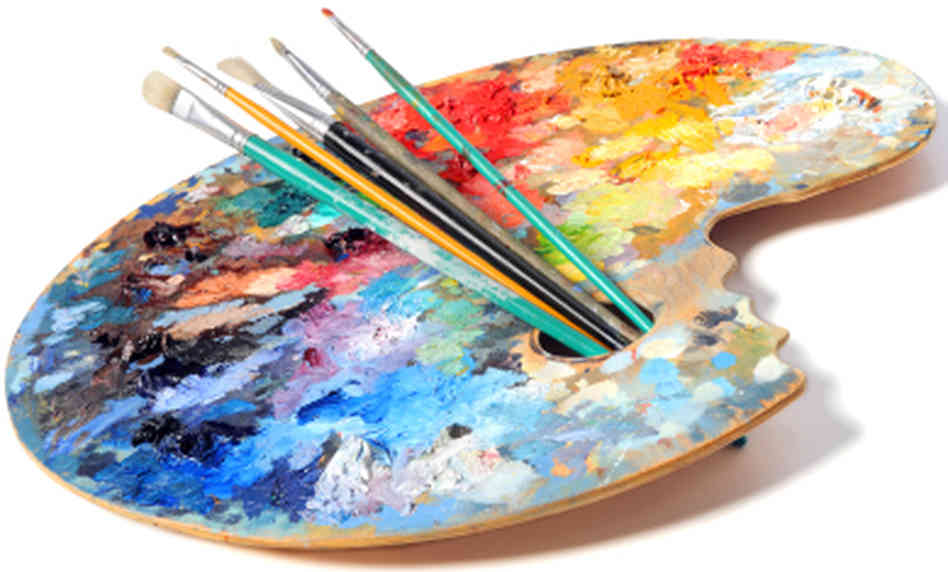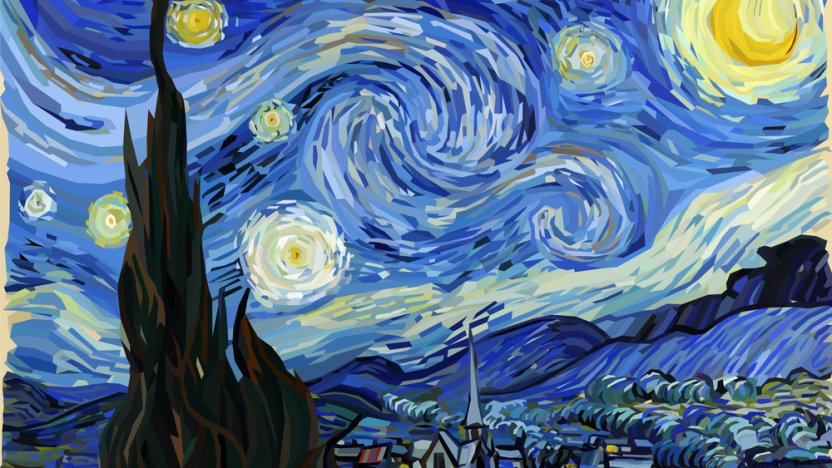Embarking on a Visual Trip Via the Lyrical Interpretations of Nature in Stylist Landscapes
In the world of art history, the Impressionist movement sticks out as a crucial duration that transformed the method nature was depicted on canvas. Artists such as Claude Monet, Camille Pissarro, Edgar Degas, Berthe Morisot, and Vincent Van Gogh recorded the essence of the all-natural globe through their distinct interpretations, creating landscapes that go beyond mere graph. Each brushstroke, each play of light and shadow, and each color option in their works speaks volumes regarding the musicians' deep link to nature and their capability to translate its appeal onto the canvas. As we explore the lyrical analyses of nature in Impressionist landscapes, we are invited to immerse ourselves in a world where reality and emotion intertwine, offering a glance into the artists' extensive recognition for the environment.
The Fascinating Brushstrokes of Claude Monet
Claude Monet's mastery of brushstrokes transcends mere technique, imbuing his landscapes with an angelic top quality that mesmerizes and mesmerizes visitors - trump art. His ingenious use of color and light, incorporated with his distinct brushwork, develops a feeling of activity and life within his paints. Monet's renowned series of works depicting water lilies and his iconic haystacks showcase his ability to record the fleeting impacts of light and ambience

Enjoying Light and Darkness With Camille Pissarro
Symbolizing a similar respect for the interaction of light and darkness, Camille Pissarro's creative vision unravels as an unified expedition of the all-natural world's luminous nuances. Pissarro, a vital figure in the Impressionist movement, masterfully recorded the dynamic partnership between light and darkness in his landscapes. His skilled use color and brushwork allowed him to communicate the refined shifts in light that define different times of day and periods.
Pissarro's paintings often feature spotted sunlight filtering system with fallen leaves, casting elaborate patterns of light and darkness on the planet below. In jobs such as "Hoar Frost, the Impact of Snow, Pontoise," Pissarro skillfully illustrates the crisp illumination of winter sunlight compared with the amazing darkness that specify the snowy landscape. By welcoming both light and shadow in his compositions, Pissarro welcomes audiences to immerse themselves in the natural beauty and transient impacts of light worldwide around them.

Via Pissarro's works, we are reminded of the transformative power of light and shadow, welcoming us to stop and value the short lived moments of charm existing in the day-to-day landscapes that border us.
A Harmony of Colors by Edgar Degas
Edgar Degas coordinates a vibrant harmony of colors in his masterful artworks, infusing his compositions with a dynamic interplay of colors that mesmerize the viewer's look. Recognized mostly for his ballet professional dancers and intimate scenes of Parisian life, Degas expertly manipulated colors to communicate mood and movement in his paintings. trump art. His usage of vibrant, different shades and subtle tonal variations developed a sense of depth and vibrancy within his jobs
Degas' shade palette often contained rich blues, deep greens, and cozy oranges, which he applied with certain brushstrokes to record the significance of his subjects. Whether representing a ballerina mid-performance or a group of friends conversing at a coffee shop, Degas' shades not only depicted the scene yet also evoked a feeling of feeling and energy.
In Addition, Degas' testing with light and shadow included an additional layer of intricacy to his color make-ups, boosting the general environment of his paintings (trump art). Via his skillful control of shade, Degas produced a visual harmony that continues to reverberate with audiences today
Discovering Nature's Serenity With Berthe Morisot
Berthe Morisot's artistic vision uses a calm separation from the dynamic shade harmonies of Edgar Degas, as she records the tranquility of nature in read this article her expressive landscapes. Recognized for her fragile brushwork and intimate representations of daily life, Morisot's landscapes exhibit a feeling of tranquility and harmony.
Morisot's paints frequently include soft, muted tones that convey a feeling of peace and tranquility. Her jobs, such as "The Cradle" and "Summer's Day," display her capability to catch the refined charm of nature in a manner that is both comforting and reflective to the viewer.
Unlike a few of her Stylist counterparts who focused on bold shades and vibrant structures, Morisot preferred to produce mild, introspective scenes that welcome the visitor to mirror and stop. Via her masterful use light and darkness, Morisot creates a feeling of tranquility that resonates with the visitor on a deep emotional level.
The Emotional Landscapes of Vincent Van Gogh
Vincent Van Gogh's landscapes strongly share a deepness of feeling through their vibrant brushwork and meaningful use shade. The Dutch post-impressionist artist is renowned for his capacity to record raw and extreme feelings in his paints, going beyond standard depictions of nature. Van Gogh's turbulent individual life, marked by mental health and wellness struggles, greatly affected his art, instilling his landscapes with a sense of worry, sorrowful, or exuberance.
In jobs such as "Starry Evening" and "Wheatfield with Crows," Van Gogh's swirling brushstrokes and vibrant shade options evoke an extensive psychological response from audiences. The unstable skies and agitated landscapes in his paints mirror his internal turmoil and psychological turbulence, inviting viewers to explore the intricacies of his subconscious.
Van Gogh's distinct visual language, identified by exaggerated point of views and vibrant use color, develops landscapes that reverberate with audiences on a deeply emotional level. Through his art, Van Gogh invites us to see nature not equally as an exterior fact however as a mirror of our innermost sensations and feelings.
Verdict
Finally, the impressionist landscapes of musicians such as Claude Monet, Camille Pissarro, Edgar Degas, Berthe Morisot, and Vincent Van Gogh offer a distinct and exciting visual interpretation of nature. Through their usage of brushstrokes, light, color, and feeling, these artists have developed a symphony of photos that stimulate this content a feeling of serenity and you can look here elegance in the all-natural world. Their works continue to inspire and charm visitors with their lyrical analyses of the landscapes around us.
Each brushstroke, each play of light and darkness, and each shade choice in their jobs talks volumes concerning the musicians' deep connection to nature and their capacity to equate its elegance onto the canvas. His ingenious usage of shade and light, combined with his unique brushwork, produces a feeling of motion and life within his paintings. His skilled usage of color and brushwork allowed him to communicate the refined shifts in light that define various times of day and seasons.
